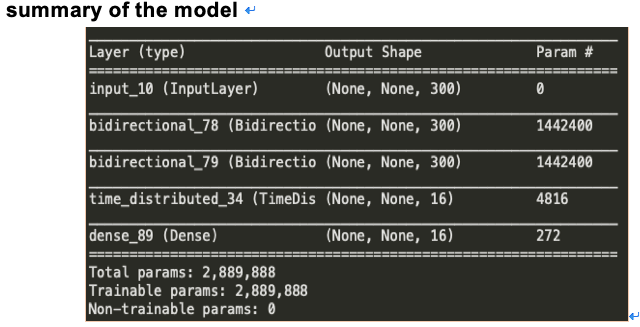Textual Analogy Parsing: What's Shared and What's Compared among Analogous Facts
To understand a sentence like "whereas only 10% of White Americans live at or below the poverty line, 28% of African Americans do" it is important not only to identify individual facts, e.g., poverty rates of distinct demographic groups, but also the higher-order relations between them, e.g., the disparity between them. In this paper, we propose the task of Textual Analogy Parsing (TAP) to model this higher-order meaning. The output of TAP is a frame-style meaning representation which explicitly specifies what is shared (e.g., poverty rates) and what is compared (e.g., White Americans vs. African Americans, 10% vs. 28%) between its component facts. Such a meaning representation can enable new applications that rely on discourse understanding such as automated chart generation from quantitative text. We present a new dataset for TAP, baselines, and a model that successfully uses an ILP to enforce the structural constraints of the problem.
PDF Abstract EMNLP 2018 PDF EMNLP 2018 Abstract


